Small Sustainable Choices -3 Reasons You Make a Big Impact
I am not an eco-minimalist or a homesteader. Not everything I do is sustainable or earth-friendly. Why? Because life is hard and complicated and I just don’t have the bandwidth to make all the changes that an extremely earth-friendly lifestyle entails.
Still, I believe that small sustainable choices make a difference and when I can make small changes I do. I can be more sustainable when I recycle and I can buy second-hand more often than I buy new and I can buy less overall. It’s completely possible for me to clean houses with rags instead of paper towels and I try not to buy a bunch of useless junk that will just end up in the landfill. Instead, I try to be content with the things I have and use them for as long as I can.
Still, it’s a big world and there are billions of people on it. How much of a difference do my sustainable choices make? Do they really matter? Isn’t it really ultimately up to the big companies and governments to save the earth? Aren’t they the ones that have to become more sustainable?
Let’s dig into why we should be motivated to make sustainable choices and why our tiny contribution matters.
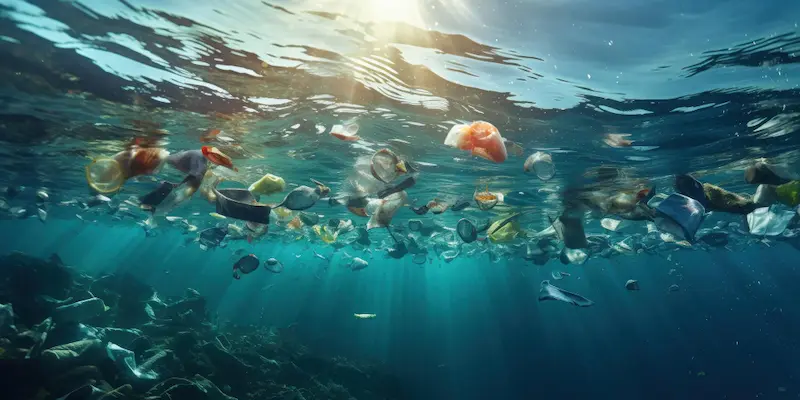
We Make Small Sustainable Choices Because There is a Problem
First of all, let’s talk a little bit about the problem. If you are a millennial like me you grew up hearing that the forests were being destroyed and we should reduce reuse and recycle. You are no stranger to the idea that the earth is being poisoned by factories, cars, and trash.
That being said, a lot of that is out of sight. If you live in the average American city you don’t see landfills full of trash that can’t rot and you definitely don’t see rainforests being devastated. It can be easy to feel that the ecological problems we heard so much about during our childhood have been resolved by now. After all, they used to tell us not to waste paper, and now that we do everything with technology we hardly even use paper at all!
Unfortunately, that optimistic attitude is just not based on reality. Think about a few of these statistics:
- 99% of what Americans buy is thrown away with the year.
- Plastics are the second most thrown away item adding up to nearly 20% of all waste in landfills.
- The average American throws away 1,642 pounds of thrash a year whereas the average European throws away 1,073 per year. People in other countries throw away even less.
- The US produces 268 million tons of trash a year, most of which is comprised of things that could be recycled.
- Most of our waste consists of single-use products such as your morning Starbucks cup.
- At least half of all Amazon boxes that could be recycled end up in landfills instead.
- The average American spends $91.75 on Amazon each year.
There are a lot more statistics you could look up to show that we are buying more than ever and trashing more than ever and all the positive actions that have been taken just can’t keep up.
Big changes have to be made that are far beyond the individual effort. At the same time though, some of the biggest changes that need to be made are up to the individual including how much we buy, what we buy, and how we dispose of it. For example, it is well within our power to recycle every Amazon box we get, use a reusable water bottle instead of buying throw-away water bottles, and turn off lights and electronics when we aren’t using them. There are actually tons of small sustainable choices we can make each day.
So how do these sustainable choices make a big difference? Let’s break it down.
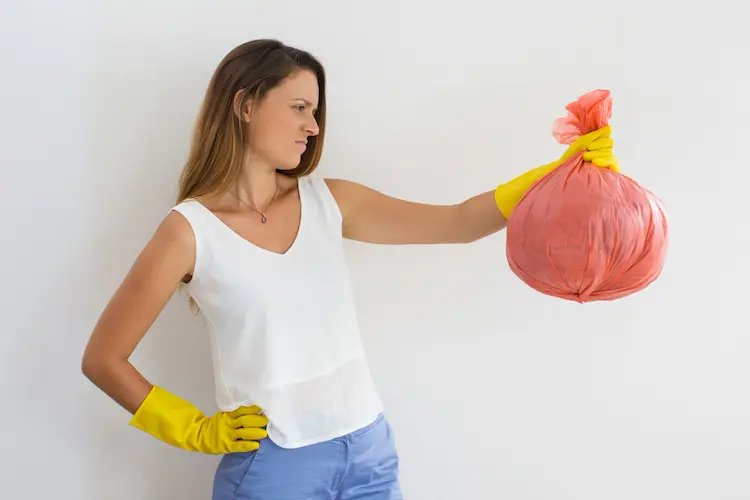
Our Sustainable Choices Reduce Waste
First of all, when we make sustainable choices every day it makes a big impact on how much waste is produced. We can do our best to avoid single-use plastics and paper by taking our water bottle with us, using laundry detergent sheets, and recycling everything that can be recycled. We can further reduce waste by composting our food, buying second-hand clothing and other goods, and donating instead of trashing items that are still usable.
On top of that, when we start living the minimalist lifestyle we start buying less junk that we don’t need. Instead, we shop with caution considering whether or not the items we are buying will be useless sooner than later and whether or not we really need them at all. Buying less means throwing less away and that makes a huge difference!
If everyone bought less, used less, threw away less and recycled or reused more there would be a lot less in the landfills and all those small efforts would add up to a huge cumulative change!
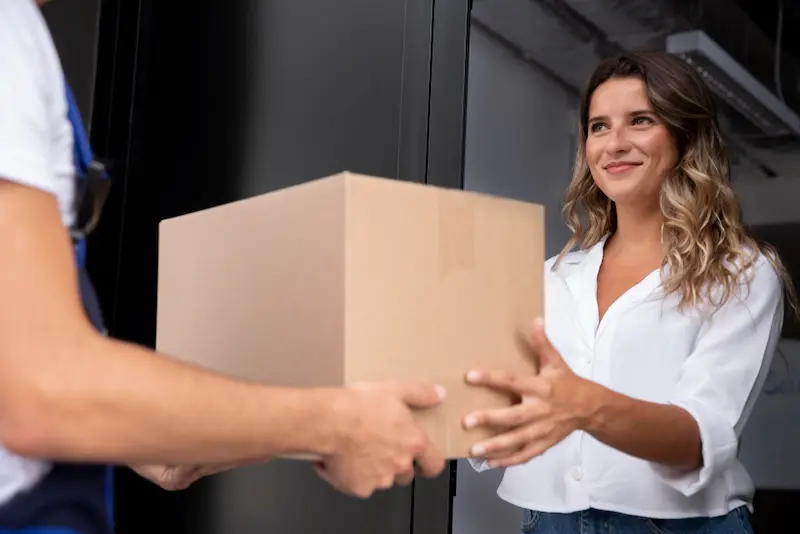
Sustainable Choices Can Reduce Production
Another reason your everyday sustainable choices make a difference is based on a basic principle of supply and demand. If there is less demand for something the supply of it will naturally be reduced. If people stop buying single-use plastics, junk items on Amazon, and fast fashion then the companies producing them will either die off or change what they produce and how they produce it.
For example, once upon a time, disposable cameras were all the rage but you couldn’t get one if you wanted to today because everyone has a camera on their phone and hardly anyone prints pictures anymore.
Imagine if the same thing happened to disposable water bottles, giant jugs of laundry detergent, and plastic grocery bags. Wouldn’t that make a big difference in not only the landfills but the natural resources being depleted by the production of these items and the communities being polluted by their production?
What if we stopped buying fast fashion and started buying our clothes from second-hand stores or more ethical and sustainable brands? The businesses that produce fast fashion would be forced to pay their workers a living wage and quit polluting the nearby rivers.
When you buy less and you buy more sustainably you reduce the demand for crappy products made irresponsibly. When you adopt the minimalist lifestyle you realize that you don’t need all that junk anyway. If everyone reduced the amount of junk they bought we would not only make a big change in the environment, but we would also save ourselves a lot of money and stress!

Your Sustainable Choices Can Inspire Others
Lastly, your sustainable choices make a difference because what you do inspires your friends, and what your friends do inspires their friends and when we are all inspiring each other it’s easier to make changes.
For example, you have the giant water bottle and thermos trend in the United States. Where did that start? I guarantee it started with some eco-conscious people who didn’t want to buy and throw away water bottles all the time and just think about how much less you buy those now!
Another example is the slow fashion movement. People are waking up to the travesties of fast fashion and thrift stores are getting more popular again as a result.
From more fuel-efficient cars to more earth-friendly packaging, what you choose inspires others and your individual choices help others make those choices which creates the snowball we need to make the big changes!
You Can Feel Good About Your Sustainable Choices
So here is the big question. Tell me what you think after reading this article. Do your small sustainable choices really matter?
I hope you answered yes! Furthermore, I hope you feel great about any and every effort you make. While it’s true that you may not be able to adopt every sustainable option out there the things you do change make a big difference. In 10 years the earth-destroying habits we are used to now may be a distant memory because we all made little changes today!
To make sustainable choices even more natural in your life adopt the minimalist lifestyle. Learn how to want less, buy less, and throw away less when you think like a minimalist, and learn to think like a minimalist with the Doable Simplicity (minimalism for normal people) e-book!
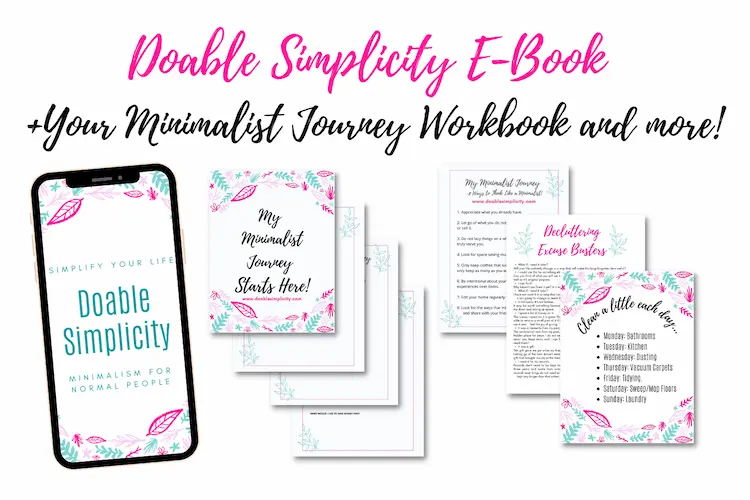

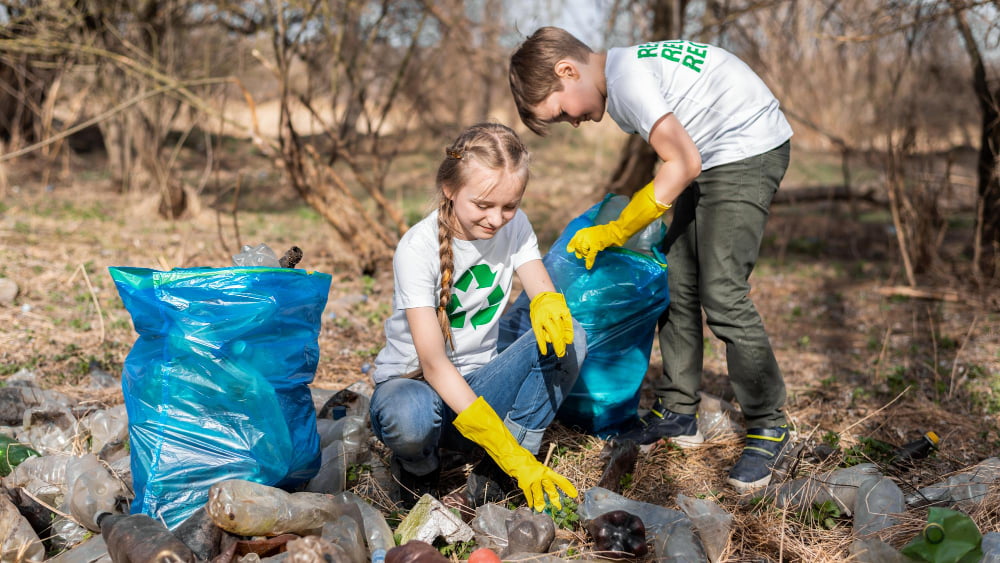
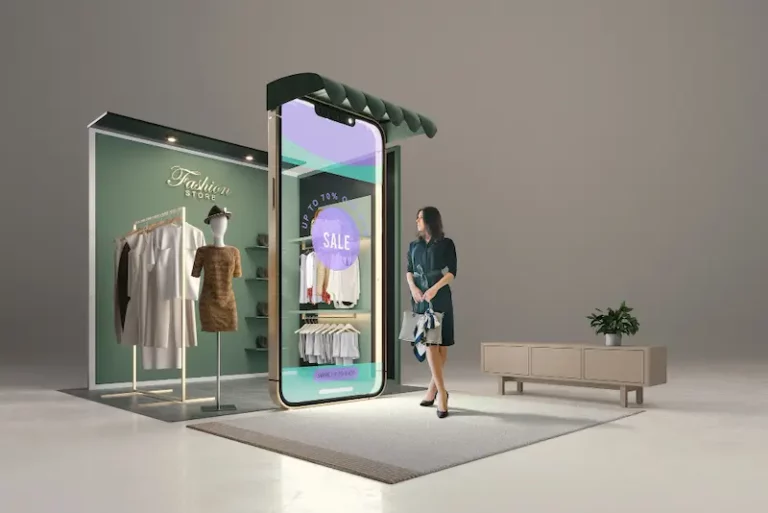
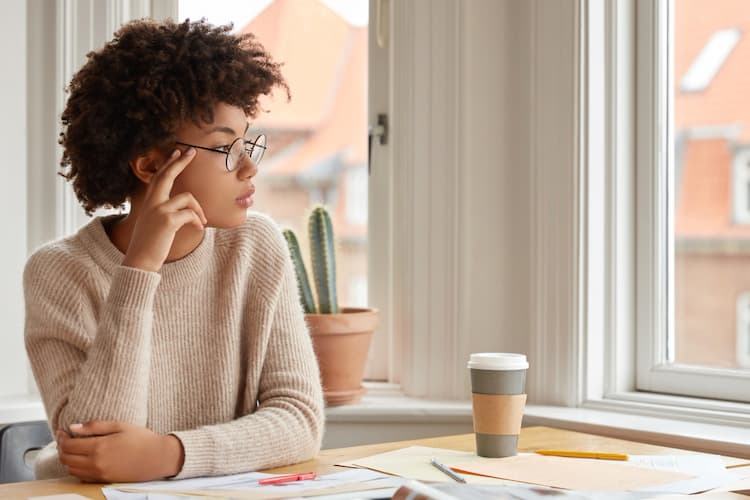
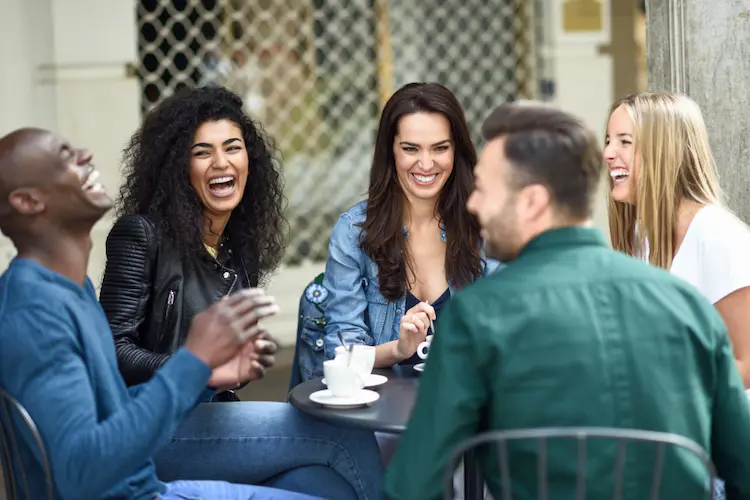
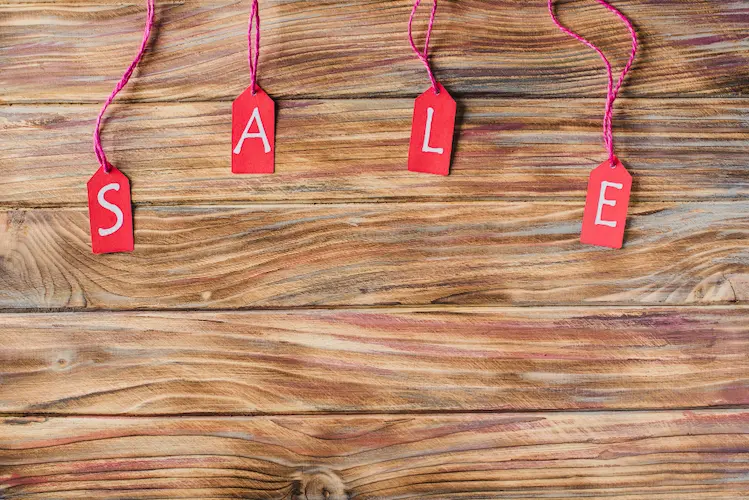
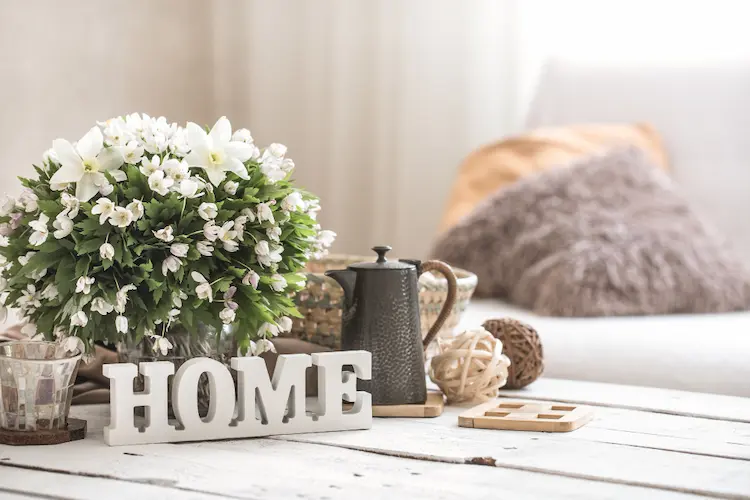
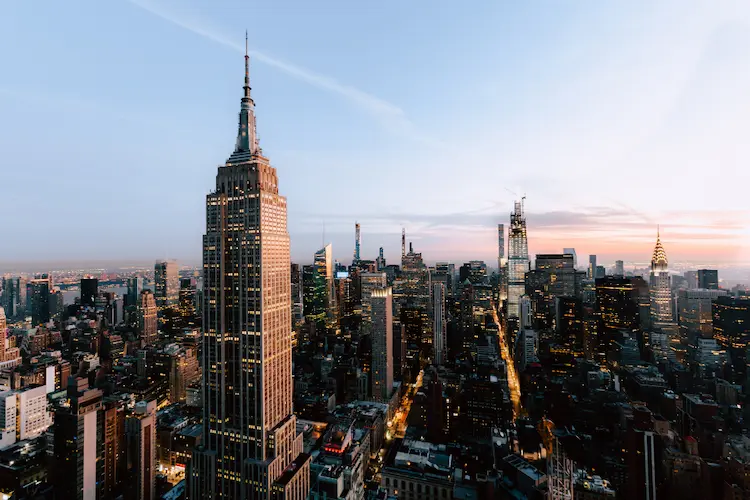
My husband and I are far from being millennials. We were married in 1979 and struggled to make ends meet. Necessity made second hand shopping and garage sales a regular thing in our household. Some of my children’s clothing were made from second hand adult garments. We’ve not always been that frugal in our married life but the habits from the early years lingered. Today, much of my clothing comes from thrift stores. It always amuses me on how consistently I’m complimented on my outfits and how often I’m asked where I purchased an item and the disappointment on someone’s face when they realize that they can’t go to a store and buy the item I’m wearing. I often buy second hand clothing, curtains and sheets to use in sewing and quilting projects. I turned a beautiful white skirt with cutwork embroidery into a curtain in my bathroom. Total cost was less than a dollar plus my time. It makes me happy every time I walk in my bathroom. A goodly portion of our furniture is either hand-me-downs or thrifted. I’ve learned, over the years, how to reupholster furniture and strip and paint or restain wooden items to better suit our decor style. Furniture from the 30s through the 70s is much better made than what is currently on showroom floors. Things like making our own cleaning products and using rags instead of paper towels as well as making our coffee at home and using a metal type of thermos to take when we leave the house all make a difference in sustainability.
Dear Kim, I love all these ideas! I think people from your age group (you were married the same year as my parents!) are better at making sustainable and frugal choices. These days people are so used to just buying things and throwing them away, no repairs or repurposing. So really we all just need to learn how to have the skills you have to be sustainable!